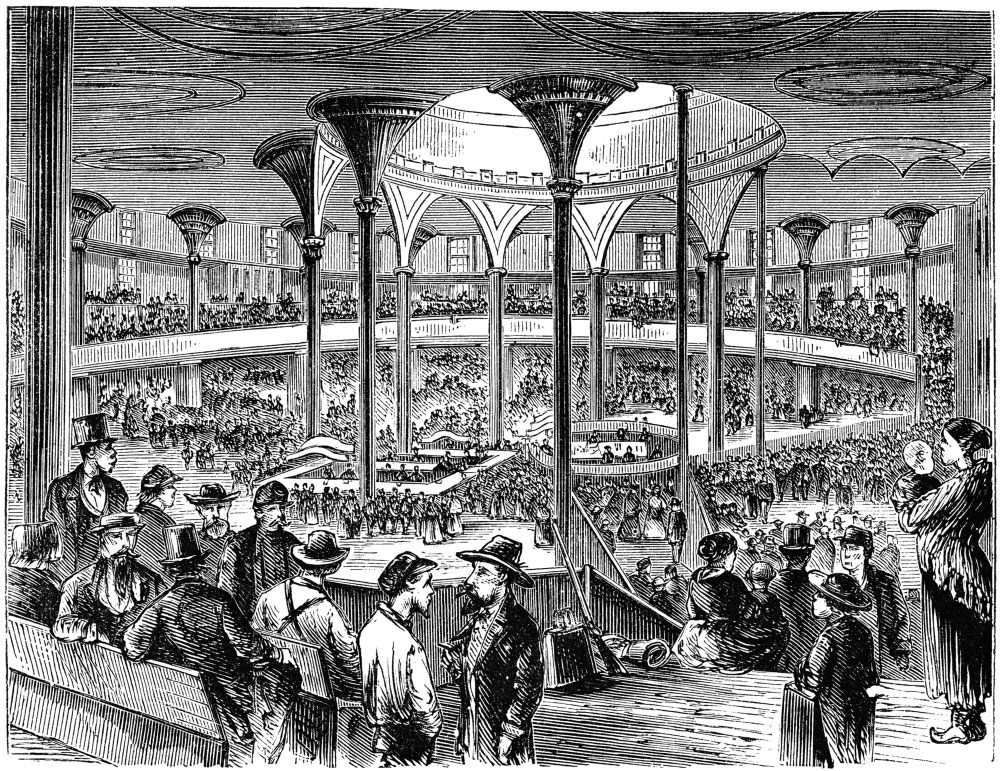As a preteen, the first two novels I remember plucking off library shelves were: Sands of Mars, by the legendary sci-fi author Arthur C. Clarke; and Landfall the Unknown, a young adult novel by Evelyn Cheesman, an entomologist and prolific writer.
Why these book titles have stuck with me all these years (when so many really important details have disappeared from my brain), I don't know. Both books deal with exploration and survival, one on Mars and the other on an uninhabited Pacific island. Interesting theme for a genealogy buff searching for ancestors who came to America from far-away homelands!
My father preferred newspapers (reading 2-4 a day on his one-hour commute to and from Manhattan) but my mother was an avid reader of books. When I was young, she'd fly through paperback mysteries of Erle Stanley Gardner, among others. After we girls were grown and gone, and she was on her own, she acquired a very eclectic collection of books to read and re-read, including The Rise and Fall of the Roman Empire and various natural history books. Sometimes she'd dabble in a best-seller to see what the hub-bub was about.
Guest post by my hubby, Wally:
Starting around age 12, I got hooked on the Hardy Boys (see earlier post). In addition, Earth Abides by George R. Stewart impressed me when I read it as a 16-year-old. Earth is being swept by a disease (something like the 1918-9 flu pandemic), which kills 98% of the population. The story is the reestablishment of civilization, seen through the eyes of a man who survived and returns to the now-deserted city of San Francisco. What impressed me was how he and others managed to live among the remains of a society where the people had vanished but many man-made parts of the world still continued (food sits on store shelves, books are in the library, etc).
Rereading this 1949 best-seller as an adult, I was struck by Stewart's basically positive view of human nature. Although most post-apocalyptic novels portray a world where life is nasty, brutish, and short, Earth Abides portrays a world in which humans establish a new, positive civilization and culture on the ruins of the old.
My father didn't read books (just newspapers and magazines). But once a week in the summer, my mother and I (and probably my siblings) would walk to the nearest branch of the public library in Cleveland Heights, Ohio, where we'd all borrow a stack of books. The only book I remember my mother buying was The Fountainhead by Ayn Rand. I also read it as a teenager when it first came out, and was dazzled by the hero. Rereading it as an adult, however, I found it preposterous and problematic.
Guest post by my hubby, Wally:
Starting around age 12, I got hooked on the Hardy Boys (see earlier post). In addition, Earth Abides by George R. Stewart impressed me when I read it as a 16-year-old. Earth is being swept by a disease (something like the 1918-9 flu pandemic), which kills 98% of the population. The story is the reestablishment of civilization, seen through the eyes of a man who survived and returns to the now-deserted city of San Francisco. What impressed me was how he and others managed to live among the remains of a society where the people had vanished but many man-made parts of the world still continued (food sits on store shelves, books are in the library, etc).
Rereading this 1949 best-seller as an adult, I was struck by Stewart's basically positive view of human nature. Although most post-apocalyptic novels portray a world where life is nasty, brutish, and short, Earth Abides portrays a world in which humans establish a new, positive civilization and culture on the ruins of the old.
My father didn't read books (just newspapers and magazines). But once a week in the summer, my mother and I (and probably my siblings) would walk to the nearest branch of the public library in Cleveland Heights, Ohio, where we'd all borrow a stack of books. The only book I remember my mother buying was The Fountainhead by Ayn Rand. I also read it as a teenager when it first came out, and was dazzled by the hero. Rereading it as an adult, however, I found it preposterous and problematic.




































